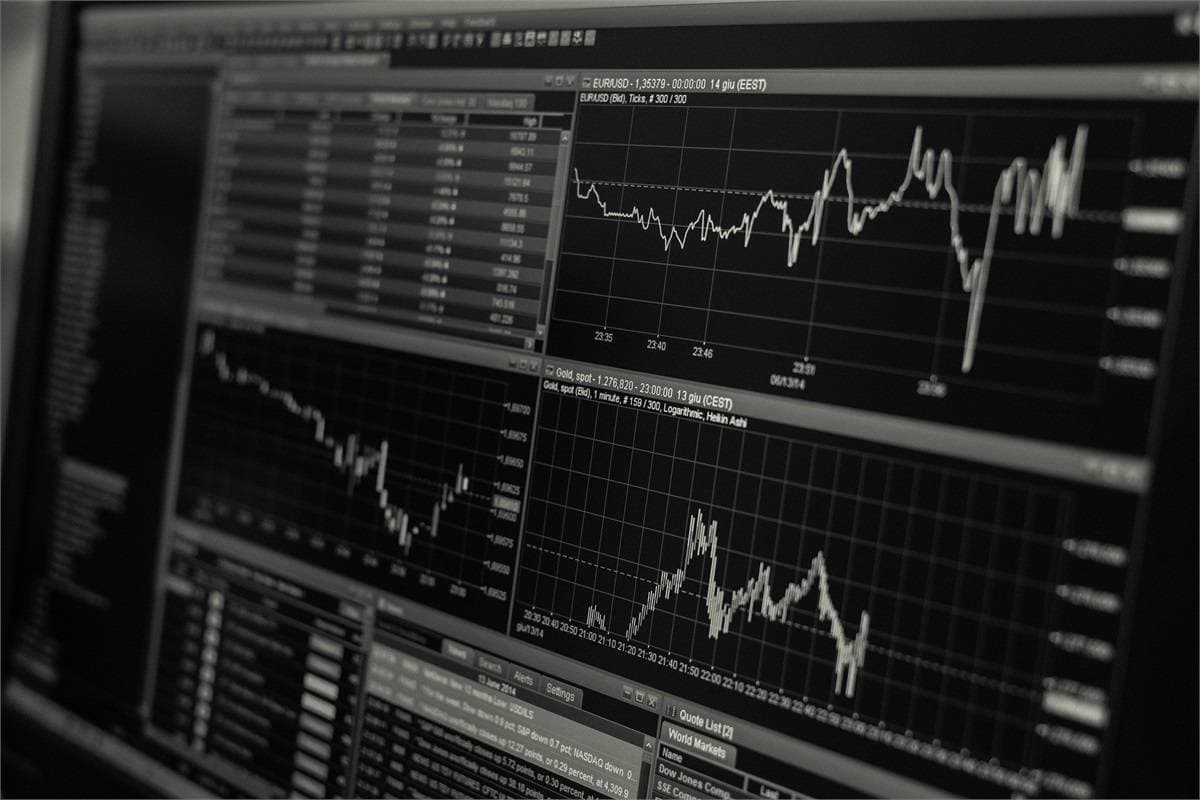Please provide your information and submit this form. Our team will be in touch with you shortly.
As anyone would have expected, the extraordinary convergence of extreme stock market volatility, low interest rates, declining retirement savings accounts, and chronic economic sluggishness has taken a severe toll on our psyches. For many investors, it may forever alter the way in which they perceive risk. Understanding your risk tolerance is one of the most important elements of investing; knowing how your risk tolerance effects your investment decisions is vital to the health of your portfolio.
Risk tolerance is a measure of one’s financial ability to withstand losses. On the risk-reward continuum, the more risk one takes, the greater the reward should be expected, and vice versa. For example, an investor who can withstand a 25 percent loss in his portfolio value without it affecting his ability to meet his long-term goals may be able to invest more aggressively in order to achieve potentially higher returns than someone who can’t stand to lose more than 10 percent. The financial measure of risk tolerance is a function of several factors including time horizon, income, liquidity, and net worth. Generally, the more of each an investor has the more risk he may be able to assume because of the greater capacity to recoup losses. There is a big difference between financial ability and emotional ability.
Risk tolerance can have far more influence over investment decisions than the financial ability component. Emotions are far more powerful than logic and can drive investors to make decisions without regard for their financial ability. The two emotions that can be the most devastating to investors are fear and exuberance, and both can be triggered through the irrational behavior of a reactionary crowd. It’s what can lead investors to flee the stock market in mass after it has already fallen by 15 percent; and it’s what can draw investors into a strong market rally near its peak. In either case, investor risk tolerance is skewed by emotions which often results in investment decisions that bear no reflection of their long-term investment strategy.
Still, emotions are an important element in risk tolerance when they are understood. Fear breeds caution which is never a bad thing in investing. But realizing that emotions are reactionary mechanisms that tend to drive decisions based on short term events, may help investors keep them in check when viewed in the context of a long-term investment strategy. Bad markets are unfortunately part of the long-term investment experience.
Generally, investors who tend to focus primarily on the markets might experience a roller coaster of emotions. As a consequence, their confidence is more inextricably tied to the performance of the market. Conversely, investors who stay focused on their long-term investment strategy need only to have confidence in the strategy. If it’s well-conceived with diversification and well-managed through proper re-balancing and adjustments for an evolving risk tolerance, they can be more secure in their confidence.
We know that this is a scary time- please reach out to us if you have any questions about your portfolio strategy.
This information is not intended to be a substitute for individualized advice and we suggest you discuss your specific situation with a qualified financial advisor.


